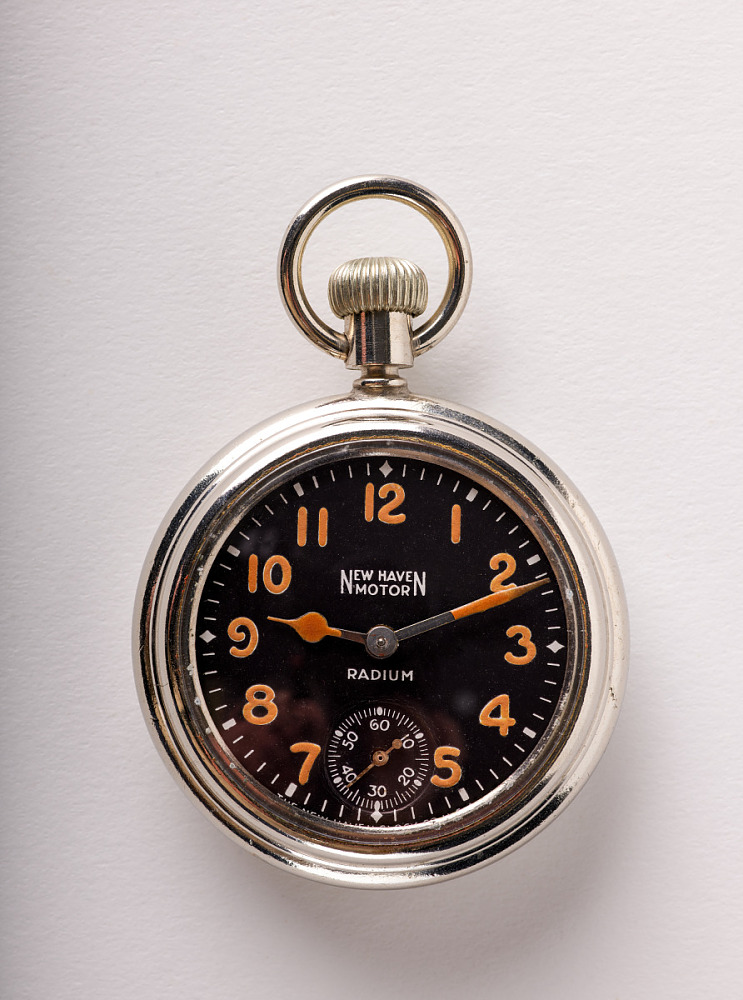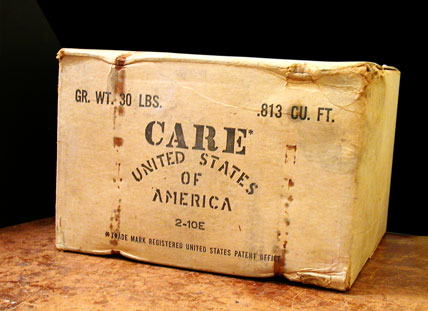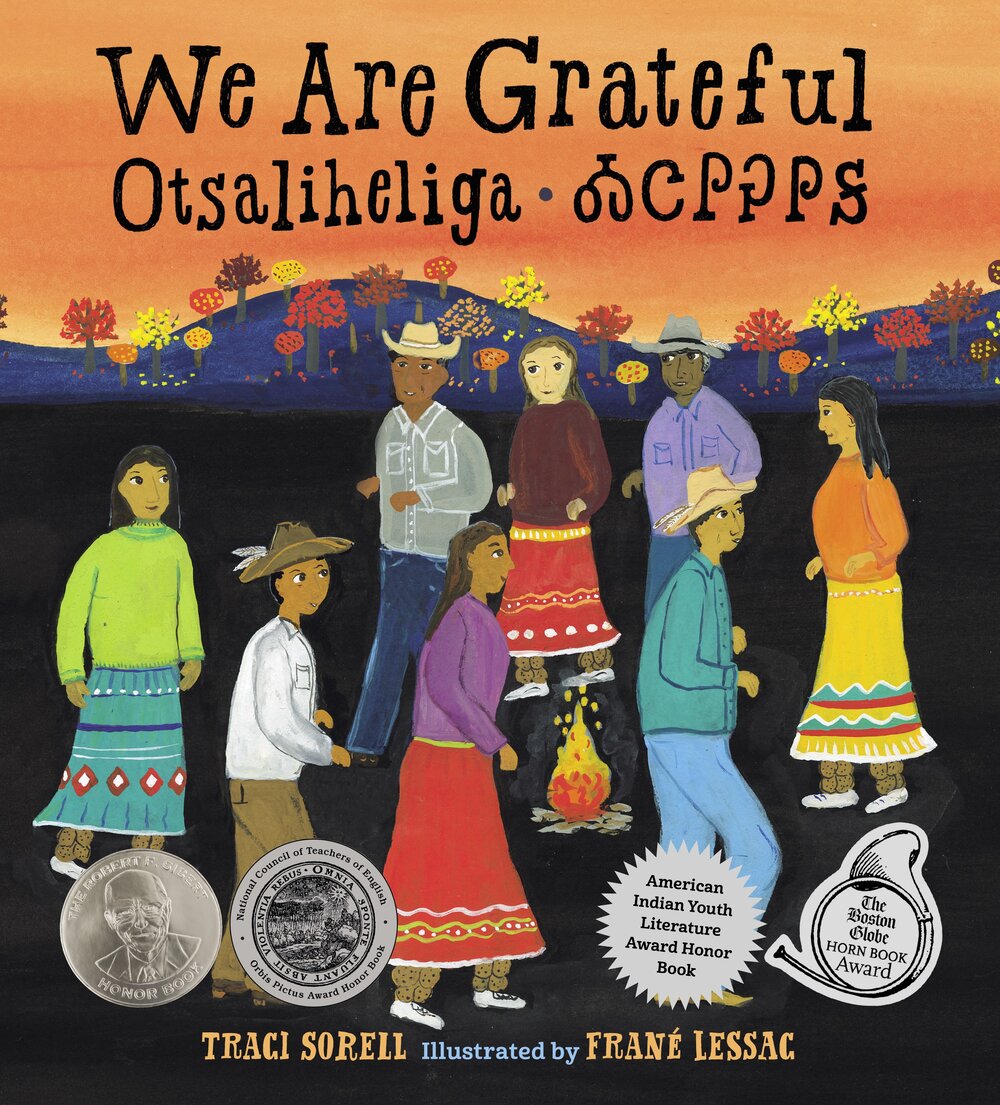As COVID-19 deaths spiked in 2020, Suzanne Firstenberg’s public art installation "In America: How could this happen…"
Museum Artifacts

Grade Range:
K-12
Resource Type(s):
Artifacts
Date Posted:
12/30/2020
A New Havel Motor brand pocket watch with black faceplate and radium painted numbers and clock hands. The watch case is made of plated metal and has a ridged winding mechanism at the top. "New Haven Motor" and "Radium" are printed in white lettering on the watch face.In the 1910s–1920s, radium was

Grade Range:
5-12
Resource Type(s):
Artifacts, Primary Sources
Date Posted:
2/3/2011
To control the form of war messages, the government created the U.S. Office of War Information in June 1942. OWI sought to review and approve the design and distribution of government posters. Posters such as this one and their messages were seen as "war graphics," combining the sophisticated sty

Grade Range:
K-12
Resource Type(s):
Artifacts, Primary Sources
Date Posted:
11/14/2008
This cardboard CARE package, contains seven smaller boxes and bags of macaroni, cornmeal, Carnation instant chocolate flavored drink mix, and nonfat dried milk. It has a paper insert reading "August 6, 1962. Greetings from the men of the U.S.S. Lake Champlain." The macaroni boxes are marked "Pack

Grade Range:
5-12
Resource Type(s):
Artifacts, Primary Sources
Date Posted:
6/10/2009
Diner's Club was one of the earliest issuers of credit cards beginning in 1950. The convenience and security they came to represent transformed payment methods and later blossomed into one of the primary mechanisms for purchasing goods and services for customers. They also became a device for tra

Grade Range:
K-12
Resource Type(s):
Artifacts, Primary Sources
Date Posted:
12/30/2009
This blue wool coat is part of a suit of regimentals made for George Washington in 1789. It has a buff wool rise-and-fall collar, buff cuffs and lapels, and buff lining; there is a row of yellow metal buttons on each lapel, as well as on each cuff. The waistcoat and breeches are matching buff woo

Grade Range:
5-12
Resource Type(s):
Artifacts, Primary Sources
Date Posted:
12/28/2010
Confederate cavalry leader John Mosby is among the most romantic characters in the Civil War. From 1863 to the end of the conflict, Mosby's raiders were a constant headache for the North. The raiders usually acted in small detachments of several dozen, sacking supply depots, attacking railroads,

Grade Range:
K-12
Resource Type(s):
Artifacts
Date Posted:
9/20/2009
The French-born artist Jean Charlot spent his early career during the 1920s in Mexico City. His 1948 lithograph depicts a scene from the domestic life of a Mexican indigenous woman, a favorite theme of the artist. Household work-without the aid of most, if any, electrical appliances-was a full-ti

Grade Range:
K-12
Resource Type(s):
Artifacts, Primary Sources
Date Posted:
3/10/2009
Believed to be the first photographic portrait made in the United States, this portrait of Dorothy Catherine Draper was originally taken by her brother Dr. John W. Draper (1811-1882) in his Washington Square studio at the New York University in 1839 or 1840, within the first year of Louis Jacques

Grade Range:
K-12
Resource Type(s):
Artifacts, Primary Sources
Date Posted:
12/17/2010
Physical Description
Large yellow stripe with anchor and coat of arms. Red stripes on either side of yellow.
Specific History
Spanish admiral’s flag captured by United States gunboat Petrel from the cruiser Isla de Luzon during the Battle of Manila

Grade Range:
K-12
Resource Type(s):
Artifacts, Primary Sources
Date Posted:
10/19/2009
The sheer size of the California gold strike altered the nature of American numismatics. It was not only that mintage figures dramatically increased; the actual range of denominations increased as well. Prior to 1849, there had been three gold coins: the quarter eagle, half eagle, and eagle



















